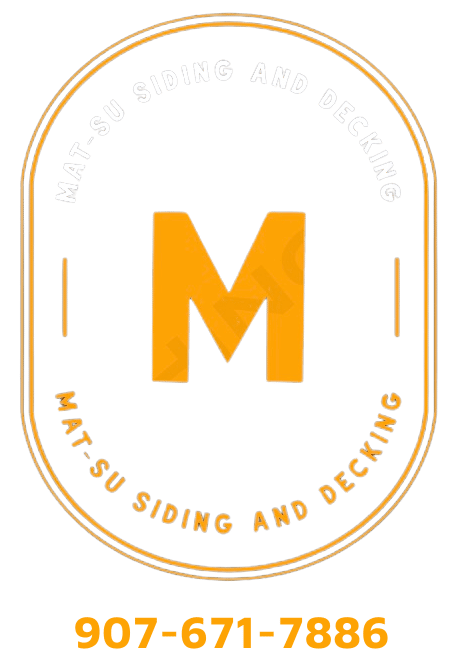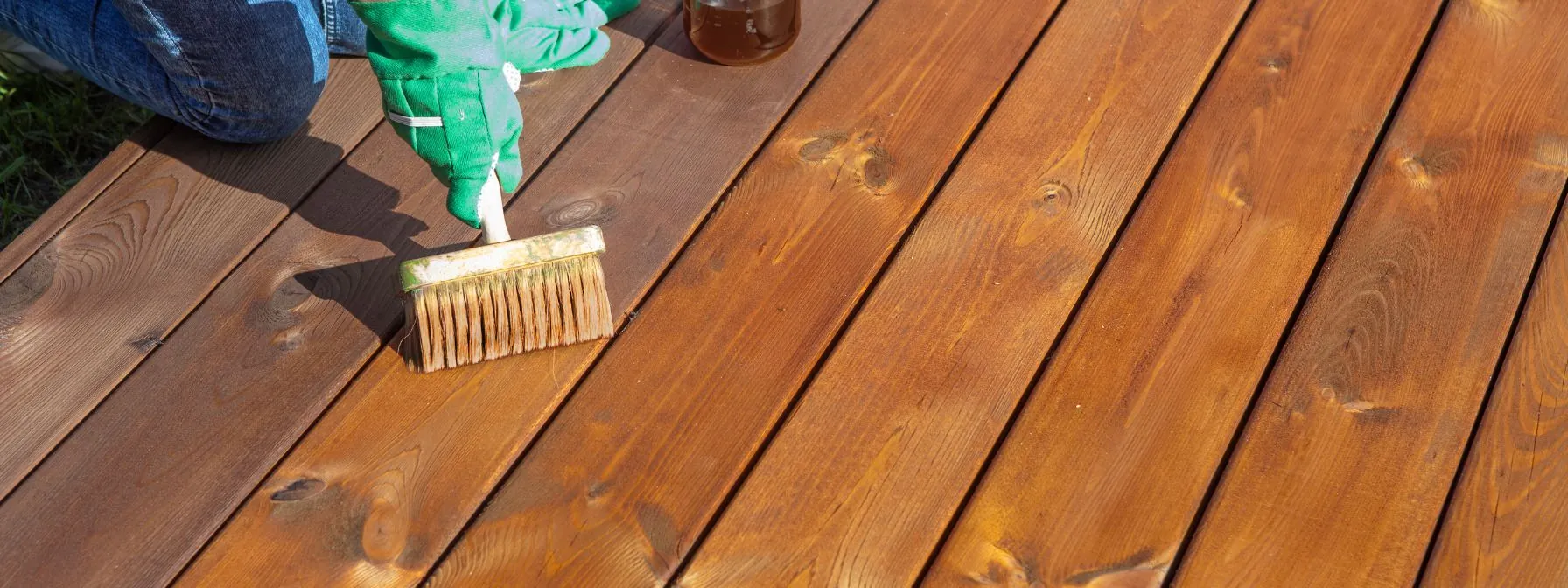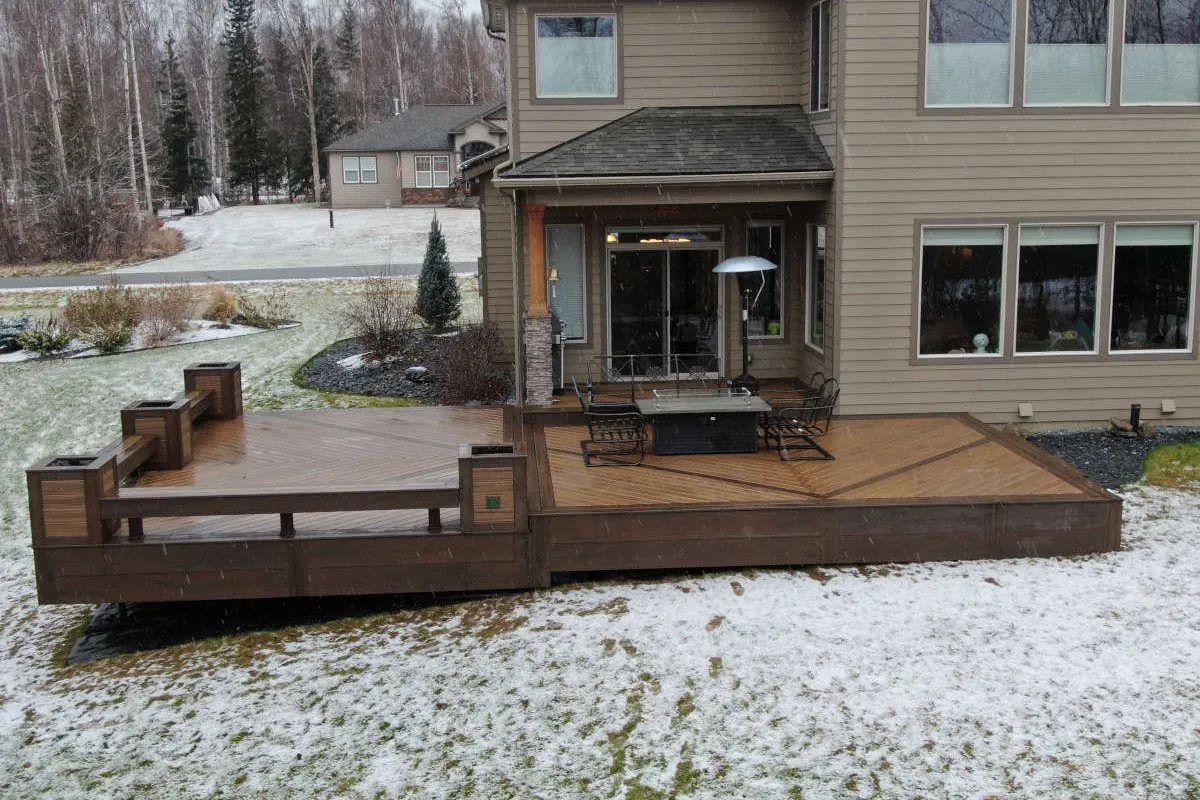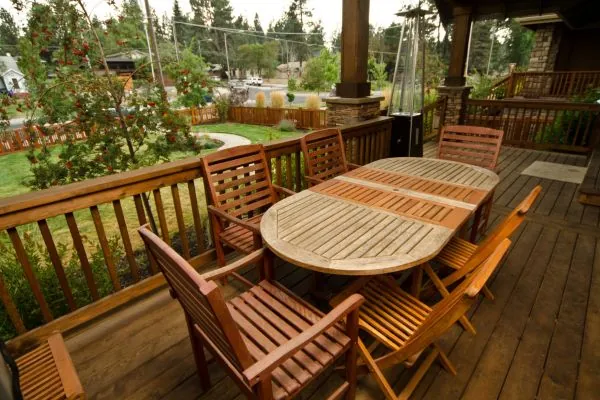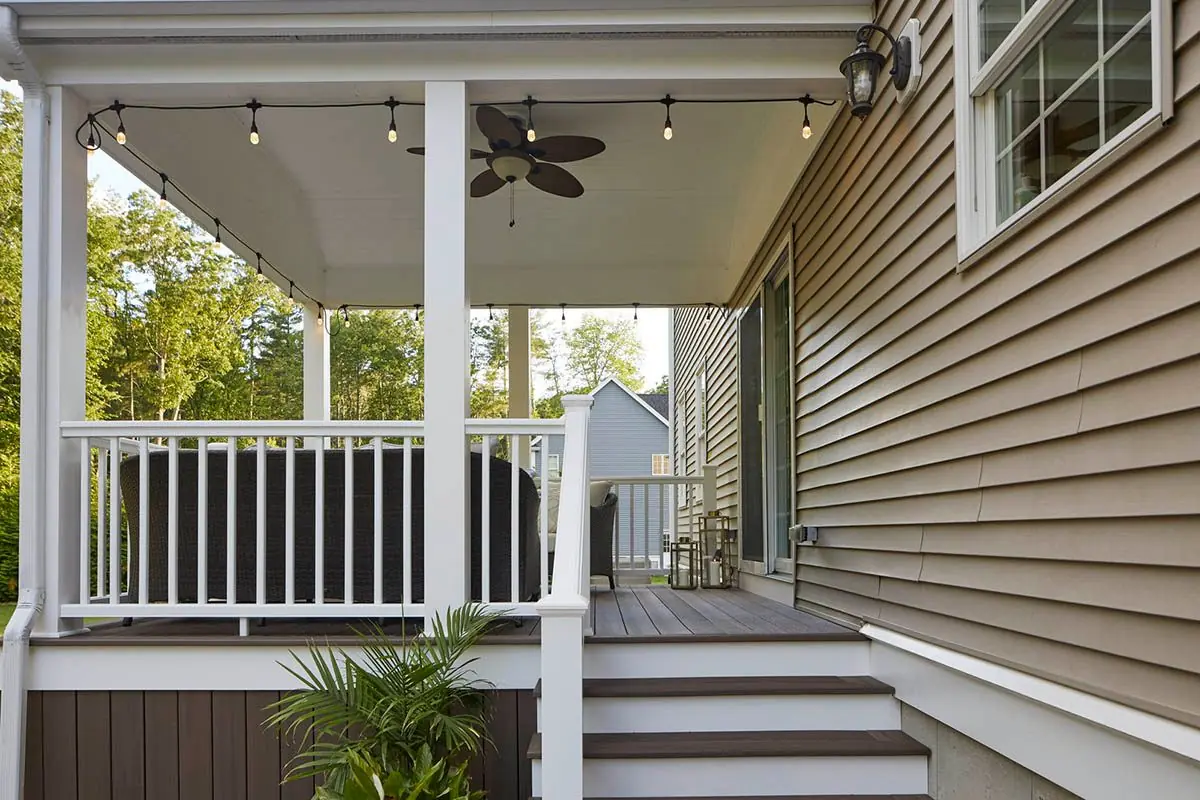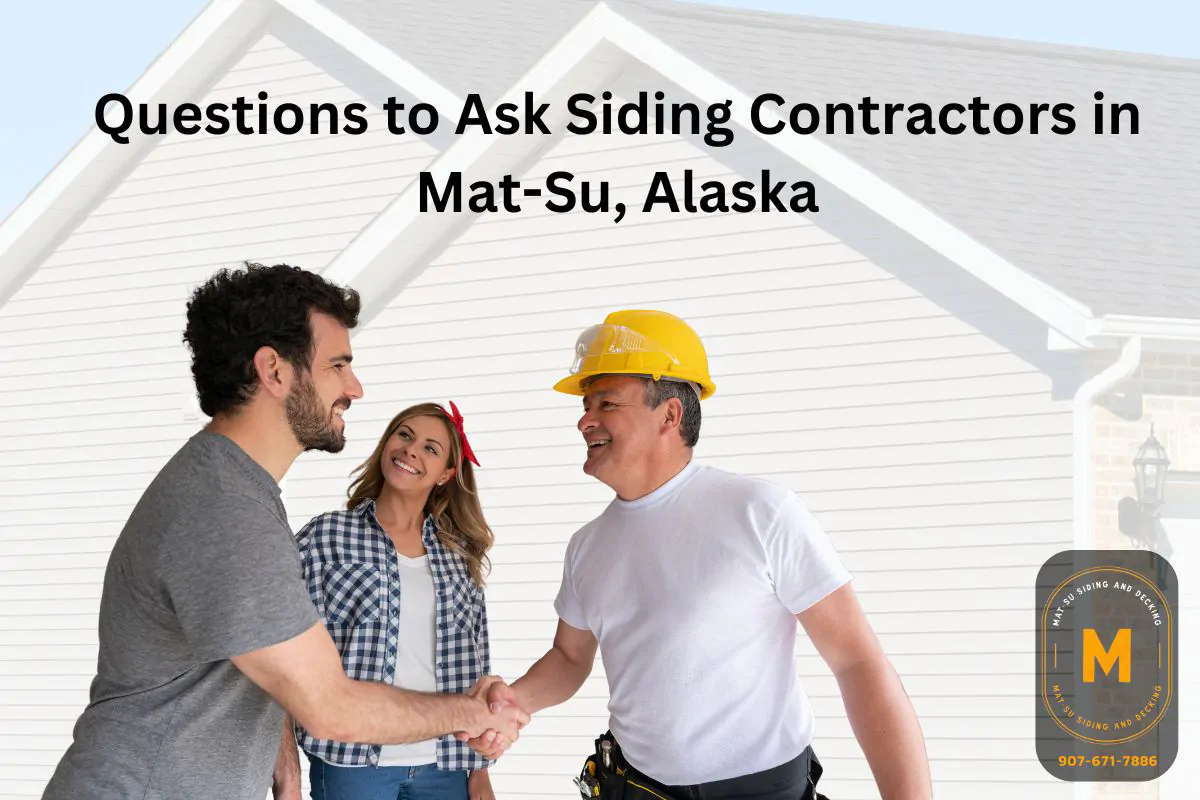Homeowners naturally want to keep their homes looking as nice as possible, inside and out, and siding is a great way to enhance the exterior of any home. Choosing the best siding can improve your home’s appearance and durability. Vertical and horizontal siding offer distinct advantages that cater to different styles and needs. Vertical siding, with its clean lines and contemporary appeal, can make a striking statement and visually elevate your home’s facade. On the other hand, with its classic charm, horizontal siding is versatile and often preferred for its traditional look and ability to widen your home visually. Finding the right option for your home can add value and appeal to the home with minimal work and upfront costs.
This blog delves into the key differences between vertical and horizontal siding, helping you navigate their unique benefits and potential drawbacks. Whether you are updating your home’s siding or embarking on a new build, understanding these options is crucial in making an informed decision that aligns with your aesthetic preferences and functional requirements.
Let’s transform your vision into reality with the right siding choice! Here is what you should know before you dive into the options:
Understanding Siding Installation
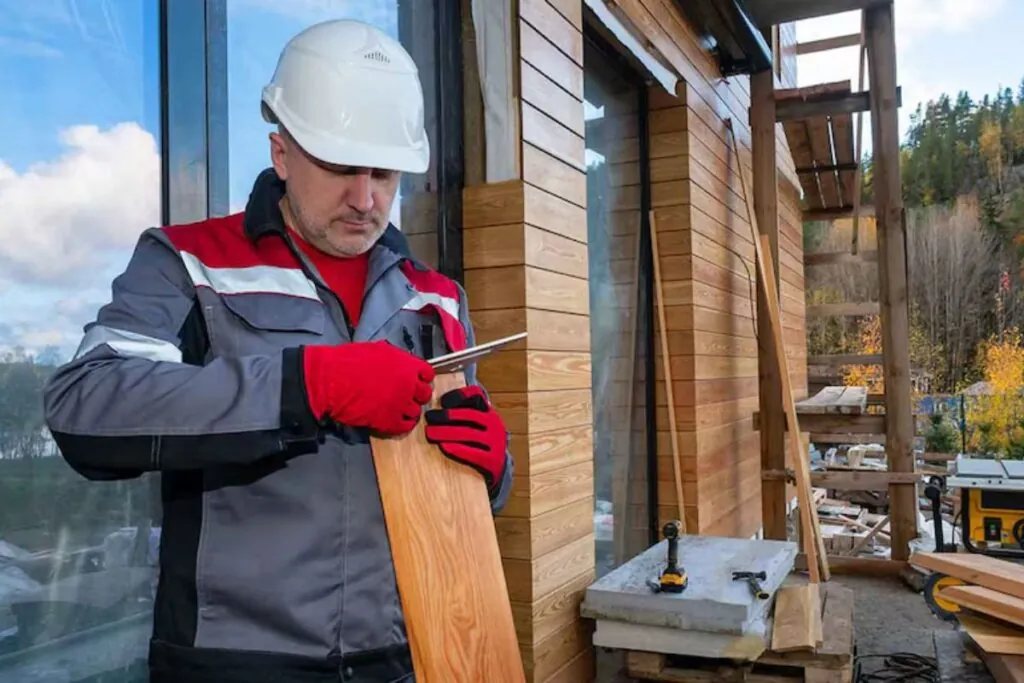
Siding installation is a crucial aspect of home improvement that enhances the exterior aesthetic and provides essential protection against the elements. Choosing the correct type of siding involves understanding the different styles and materials available, each offering unique benefits.
This section will explore the two primary siding options: vertical and horizontal. By examining their characteristics and applications, you can make an informed choice that suits your home’s architectural style and personal preferences.
Vertical Siding (Board and Batten)
Vertical siding, particularly the board-and-batten style, creates a distinctive, modern look that can make your home stand out. This style features wide boards with narrow battens covering the seams, giving a clean and structured appearance. Board-and-batten vertical siding is excellent for contemporary and farmhouse-style homes, adding vertical lines that enhance the sense of height and elegance.
It also effectively conceals imperfections and provides additional protection against weather conditions. Maintenance is relatively straightforward, but regular inspections are recommended to ensure longevity and performance.
Horizontal Siding (Clapboard or Lap)
Horizontal siding, such as clapboard or lap siding, offers a classic and versatile option that suits a wide range of home styles. Clapboard siding consists of overlapping wooden boards, creating a traditional, charming look that can enhance modern and historic homes. Lap siding, similar but slightly different overlaps, provides a more uniform appearance.
This style is favored for its durability and ease of installation, making it a practical choice for many homeowners. Both types effectively shed rain and resist wind, ensuring your home remains protected and looks great for years.
Pros and Cons of Vertical and Horizontal Siding
Choosing the right siding involves weighing the benefits and drawbacks of each option to ensure it aligns with your home’s needs and aesthetic. Vertical and horizontal sidings each bring their own set of advantages and limitations. Understanding these can help you make an informed decision, balancing functionality, appearance, and maintenance.
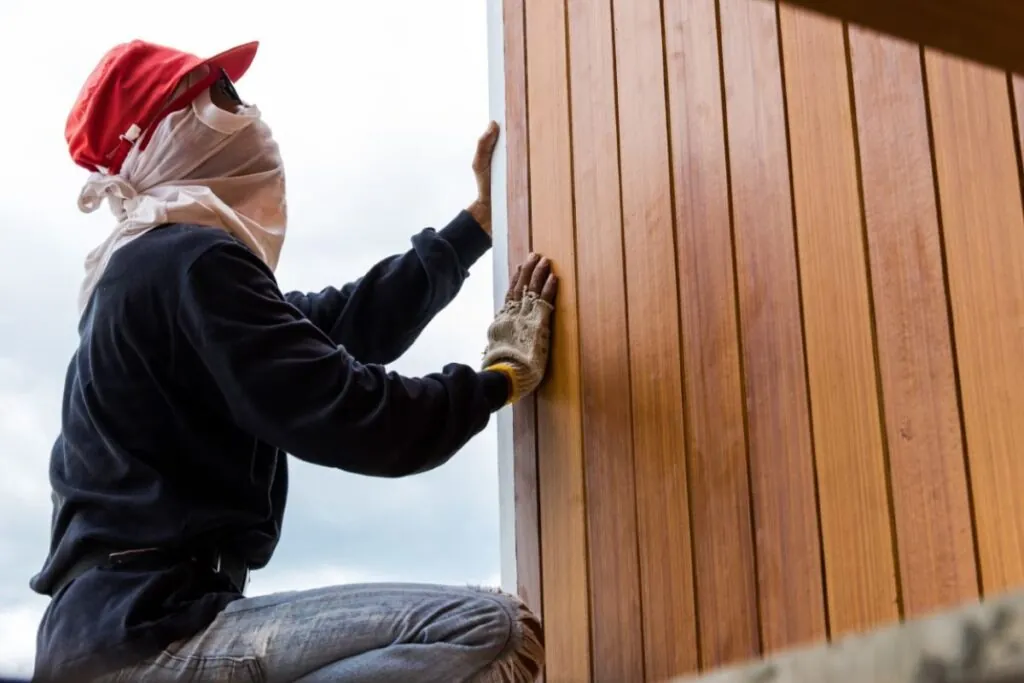
Advantages of Vertical Siding
Vertical siding offers several appealing advantages, particularly for modern and contemporary homes. Its design creates a sleek, streamlined look that enhances a building’s vertical lines, making it appear taller and more striking. This siding type is also excellent for concealing imperfections in the wall surface and is highly effective in shedding water, reducing the risk of water damage. Additionally, vertical siding can provide a unique aesthetic that sets your home apart from traditional designs, giving it a distinctive, fresh appeal.
Disadvantages of Vertical Siding
Despite its modern appeal, vertical siding comes with some drawbacks. One notable disadvantage is that it can be more susceptible to dirt and stains settling along the seams, which may require more frequent cleaning. Additionally, vertical siding can be more challenging to install correctly, often requiring precise measurements and alignment to ensure a seamless look. Maintenance might involve more than horizontal siding, as any damage or wear may be more noticeable and require meticulous repairs.
Advantages of Horizontal Siding
Horizontal siding, including clapboard and lap styles, is a classic choice that brings its own set of benefits. Its design is versatile and complements various architectural styles, from traditional to contemporary. The overlapping nature of horizontal siding effectively channels water away from the walls, enhancing its durability and resistance to weather damage. Installation is generally straightforward, and the uniform appearance can create a clean, cohesive look. Additionally, horizontal siding is often easier to maintain, with less frequent cleaning than vertical options.
Disadvantages of Horizontal Siding
While horizontal siding has many benefits, it also has some limitations. One of the main drawbacks is that it can make a building appear wider rather than taller, which might not be desirable for all architectural styles. Over time, horizontal siding can also develop visible seams or gaps, primarily if not correctly maintained. Additionally, while generally durable, horizontal siding may require more frequent inspections and repairs if the overlaps are not adequately sealed, potentially leading to water infiltration and damage.
Considerations Before Choosing Your Siding
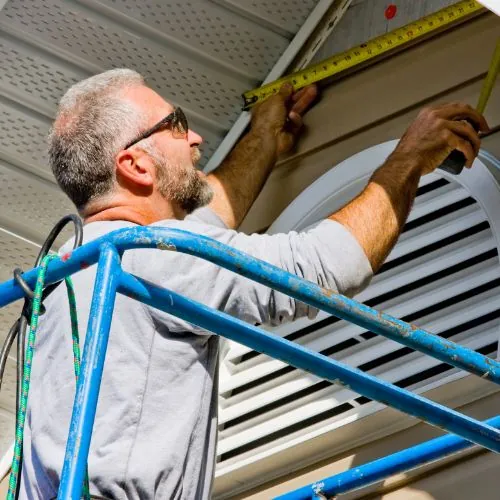
Selecting the right siding for your home goes beyond just picking a style that looks good. There are several critical factors to consider that will impact the performance, maintenance, and overall value of your property. Each element plays a crucial role in making an informed decision, from the durability of the material to the upkeep it requires and how it aligns with your aesthetic goals and resale potential. In this section, we will explore the key considerations you should consider to ensure your siding choice meets both your practical needs and design aspirations.
Siding Durability
Durability is a fundamental factor when choosing siding, as it directly affects the longevity and performance of your home’s exterior. Different siding materials and styles offer varying levels of resistance to weather conditions and wear and tear. For instance, vertical siding can be quite durable, especially when properly installed and maintained, while horizontal siding generally provides strong weather resistance due to its overlapping design.
Maintenance Requirements
Maintenance is another crucial consideration when selecting siding. Different types of siding have distinct upkeep needs. Vertical siding, while visually striking, may require more frequent cleaning to avoid visible dirt and stains. Conversely, horizontal siding tends to be easier to maintain, with fewer issues related to staining and less frequent cleaning. Consider how much time and effort you are willing to invest in keeping your siding and the associated costs.
Aesthetic Vision and Resale Value
Your aesthetic vision and the potential impact on resale value should also guide your siding choice. The style of siding you select can significantly influence your home’s curb appeal and overall look. Vertical siding offers a modern, distinctive appearance, while horizontal siding provides a classic, versatile look. The upfront investment is well worthwhile, as the right siding choice will improve the look, feel, and value of the home almost immediately.
Conclusion
Choosing the right siding for your home involves more than just selecting a style, it is about finding the perfect balance between aesthetics, durability, and maintenance. Whether you opt for the sleek, modern look of vertical siding or the classic charm of horizontal siding, understanding the unique benefits and potential drawbacks will help you make an informed decision.
Consider factors like durability, maintenance, and how your choice aligns with your overall vision and resale value. By weighing these aspects carefully, you will ensure that your siding enhances your home’s exterior and stands the test of time. Make your choice confidently, and enjoy the benefits of a well-chosen siding that complements your home beautifully.
